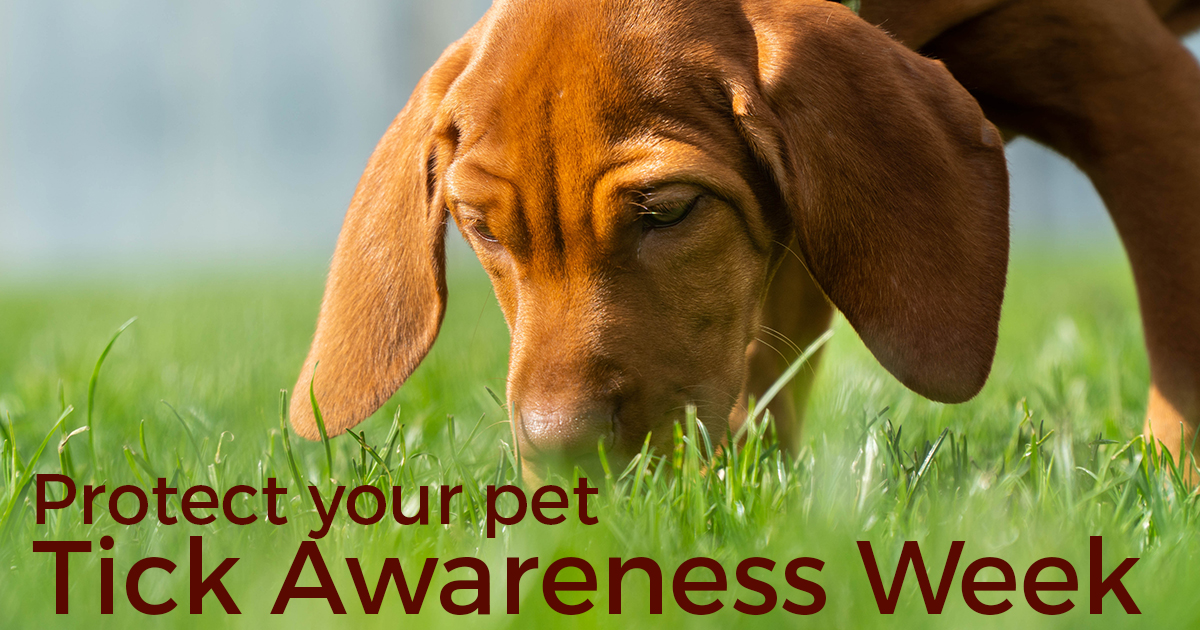17th March 2021
Tick Awareness Week: 7 things you might not know about ticks

March 22nd – 28th marks Tick Awareness Week, a week to really scratch the surface on tick prevention, removal and prevention. What better way to kick start the week with 7 skin tingling facts to get us going.
These creatures may be small but if left untreated they can make a serious impact on your and your pets health.
Best places to check for a tick on your dog include the top bits; head and neck (including ears) and the bottom bits; groin, feet and pits! For cats, ticks like to attach to their heads and the top of their backs.
What do you do if you find a tick? It is really important to not remove them incorrectly as this could further spread disease. If you are unsure how to remove them, speak to your vet about the most effective technique.
1: Ticks are the second best spreaders of infectious disease to both pets and humans.
2: Ticks are generally between 1mm – 1cm big; growing up to 4x their original size as they feed. This means they can be pretty hard to spot – more reason to ensure your pet is up to date with their preventative tick treatment!
3: Nearly 900 types of ticks species exist, the majority of them lurk in grassy areas, heathland and woodland.
4: Colour and camouflage are within the skillset of a tick. Ticks can be black, pink, purple or a blue grey colour so when you are examining your pet sometimes ticks can look like skin tags. Don’t rush your examination and if you aren’t sure – check with a vet.
5: These creepy creatures hatch with 6 legs, but grow an extra pair once they have matured – all the better to grab on to your pets with!
6: Typically a tick’s blood-buffet takes around 24-48 hours but they can stay on your pet for much longer. Swift removal of these greedy vampire insects is essential.
7: The CDC estimates that there are over 300,000 cases of human Lyme Disease cases each year in the USA. Don’t forget to protect yourself as well as your pet, if you are walking in tick prone areas, choose to wear clothes that cover a lot of skin. Socks and sandals has never looked so good.
The best type of tick prevention is that prescribed by your vetinary practice and is usually covered in your Premier Pet Care Plan. If you aren’t currently supplying a pet care plan please get in contact with us enquiries@premiervetalliance.co.uk; PVA are committed to working with you to create great plans for you and your clients.

 UK
UK  USA
USA  France
France  Netherlands
Netherlands  ROI
ROI  Germany
Germany 













